What’s Driving Twin Cities’ Office Market?
Marcus & Millichap Senior Associate Claire Roberts discusses the evolution and current state of the metro's office market, and she also shares her predictions.
By Roxana Baiceanu
The office market in Minneapolis-St. Paul is about to welcome the largest wave of new development during the last decade—2 million square feet—while 3 million square feet is in permitting stages, according to real estate data provider Yardi Matrix. The activity reflects the constant economic growth in the Twin Cities and hints to its investment potential in the future.
Although average rents have been rising across the metro, they still remain under the $30 per square foot mark, making office assets very appealing to corporations and start-ups. Low rents are not the only advantage for the latter. They also have access to convenient transportation options and a wide range of co-working spaces in core areas.
Overall, real estate market fundamentals look positive, in both the office and multifamily segments, but Marcus & Millichap Senior Associate Claire Roberts says this is expected from cities like Minneapolis-St. Paul. In an interview with Commercial Property Executive, Roberts points out that one of Minneapolis’ strongest advantages as a real estate market has been its stability and the fact that it grew slowly, but constantly over time.
What types of businesses are being drawn the most to the metro right now and why?
Roberts: Currently, businesses seeing the most job growth in the Twin Cities are in healthcare and education. Medical device company Relievant Medsystems has recently closed on $58 million in venture capital and has just completed its move to Normandale Lakes in Bloomington, Minn. With current unemployment at 3 percent for the state, the Twin Cities employment growth is being hurt by the labor shortage. Most companies in the Twin Cities cite central location—which is especially great for logistics companies—well-educated labor force and quality of life as factors for being located in Minnesota, particularly the Twin Cities.
How is the Twin Cities’ tight job market influencing the office sector?
Roberts: The Twin Cities has experienced positive absorption in the first half of 2018. The number varies—brokerage reports post space absorption ranging between 407,000 square feet and 672,093 square feet—but all sources are reporting positive gains. We have seen construction activity in the past couple of years resulting in new corporate headquarters such as those of Wells Fargo, Xcel Energy, Ryan Cos. and Kraus Anderson Construction to name a few. This resulted in large blocks of space coming back into the market. Overall, the office market has been steady and stable and will continue to remain so as low unemployment continues to hold job growth at bay.
Which submarkets are the most sought-after and why?
Roberts: The Minneapolis CBD continues to garner strong corporate attention due to public transportation and high-end amenities. Availability of labor is definitely a key factor as well as space being collaborative and inviting. Much of the changes occurred around recently renovated buildings such as Baker Center, Fifth Street Towers, Capella Tower and 121 South Eighth. As more multifamily housing is built, it will be easy for employers to attract talent and grow within the CBD.
At the same time, submarkets such as the Southwest and West End are seeing an uptick in demand. The Southwest has been getting a lot of attention with the addition of the new Vikings Campus and the 400,000-square-foot Prime Therapeutics headquarters. West End has also seen much growth and development over the past several years. Excelsior Group has plans for two developments, 10 West End and 20 West End on a 7-acre parcel, which are expected to total 700,000 square feet of office space.
Generally speaking, investors look at the suburbs as they offer ease of access, free on-site parking and lower overall occupancy costs. Activity in the suburbs is expected to keep up the pace, especially as major road construction projects impede travel into the downtown CBD.
 How does the development pipeline look like?
How does the development pipeline look like?
Roberts: There are two noteworthy projects under construction in the Twin Cities. MoZaic East, a 198,000-square-foot, eight-story office building in Uptown, which started off as a speculative development, is expected to deliver its first building before year-end. More than half of the space is preleased. The second project is the 400,000-square-foot Prime Therapeutics building, which is fully leased to Prime Therapeutics. Several other projects are in different phases of development. However, preleasing efforts haven’t garnered enough interest to date to put the shovel in the ground.
How is coworking performing?
Roberts: Coworking is definitely making an impact in the Twin Cities. WeWork has recently expanded its initial lease at MoZaic East from 46,000 to 102,000 square feet, which adds to its 53,000 square feet at Capella Tower. Industrious occupies 34,000 square feet at T3 in the North Loop, while CoCo has recently expanded its space at the Minneapolis Grain Exchange by 15,000 square feet for a total of 37,000 square feet.
Some of the additional coworking spaces throughout the metro include: Work It in St. Paul’s Midway area; Coven in the North Loop, which is a women-only co-working space; FLOCK, which features a “creatives-only” concept in Minneapolis’ Whittier neighborhood and Studio CoWork in Golden Valley. At the same time, WeWork is working on two additional spaces in the metro.
What should we expect from Minneapolis-St. Paul going forward?
Roberts: Having moved to the Twin Cities almost 12 years ago, one of the first things that I noticed is that the economy stays very “flat” here. Some people may see that as a negative thing. However, being from southeast Michigan, I view this as a positive thing. The Twin Cities has several sectors of economic revenue and varied industries—compared to southeast Michigan where the only industry was the auto industry—which employ individuals. Therefore, when one industry suffers, the whole market doesn’t collapse.
Our number one tourist attraction in Minnesota is Mall of America and that in and of itself employs thousands of people, not to mention the impact it has on restaurants, car rentals, air fare, hotels etc. What’s more, as soon as you get outside of the metro proper, you have agriculture all around you. Therefore, I see nothing but positive, steady growth. We will have growth pains, but I personally don’t see any shock waves coming to the Twin Cities in the near future.
Image courtesy of Marcus & Millichap



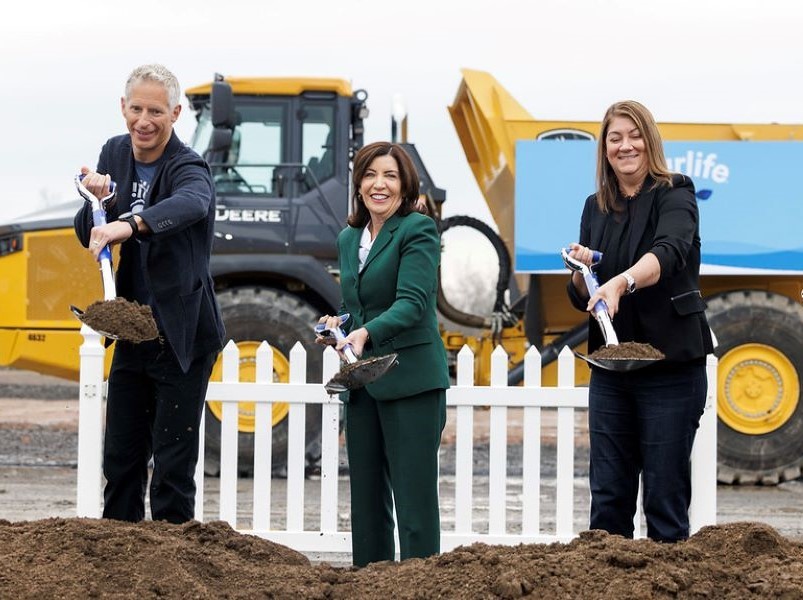
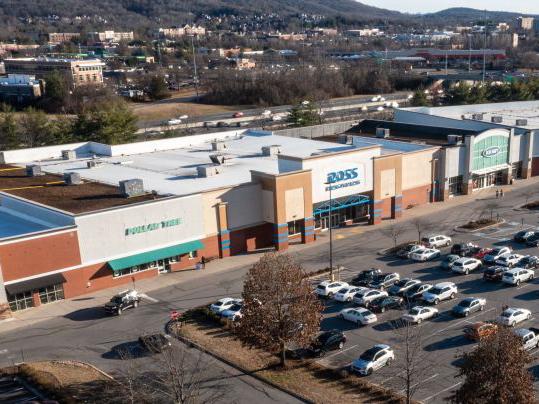
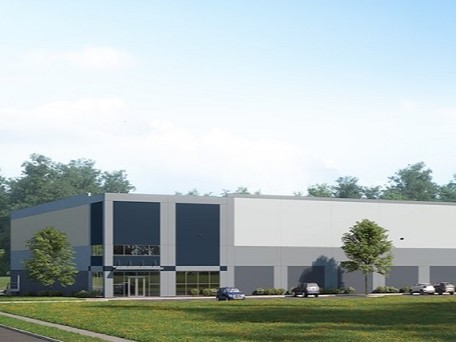
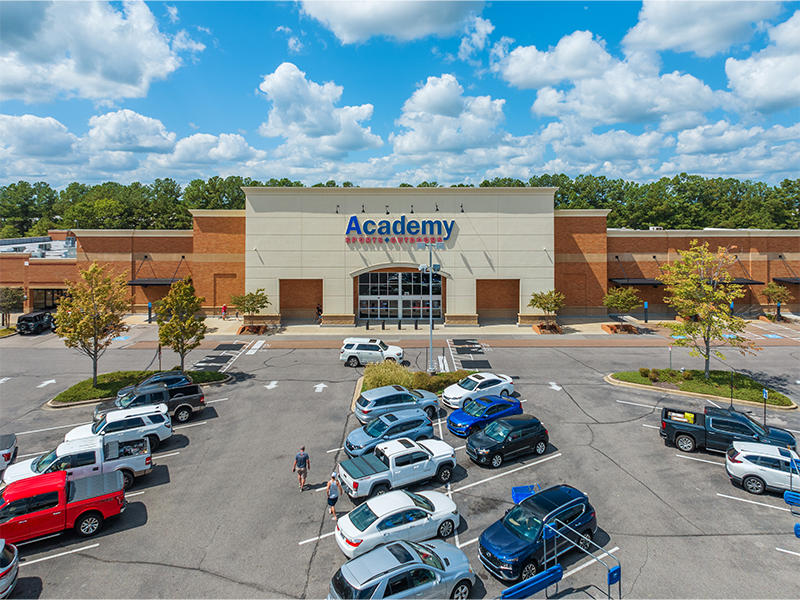
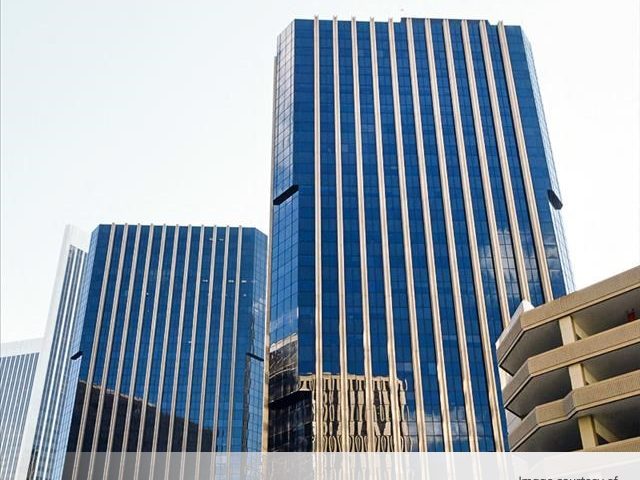
You must be logged in to post a comment.